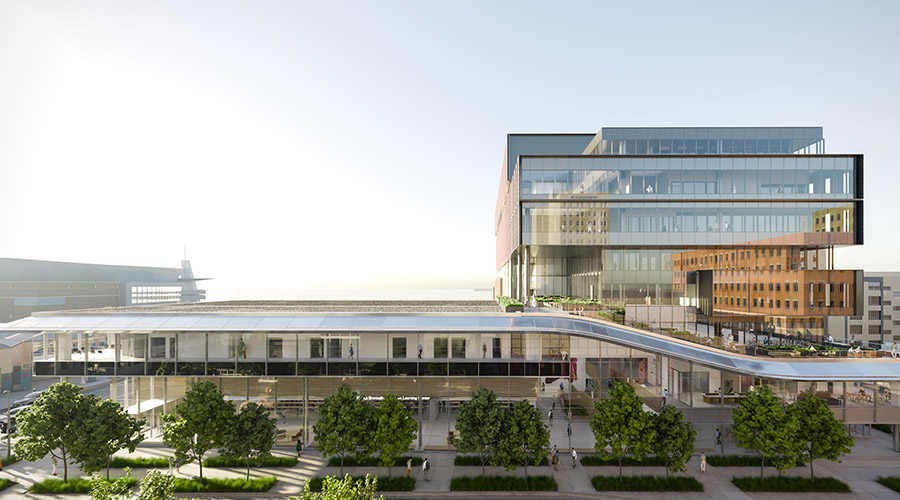Tomorrow's healthcare facilities will prioritize operational improvements, sustainable design methods, new methods for delivering care at a community level and research initiatives, according to an article on the Medical Construction & Design website.
Healthcare providers are looking at the science behind patient/provider interactions and facilities are using this data to inform everything from space layout to staffing needs and wait times.
For instance, the design team for William P. Clements Jr. University Hospital at UT Southwestern Medical Center in Dallas, Texas asked “What’s best for the patient?” The answer was found in a W-shaped design.
The W improves navigation, gives clinicians closer interactions with patients, promotes collaboration by co-locating medical specialties and minimizes patient exposure to noise and other infections, according to the article.

 Barriers to Infection: Rethinking Mattress Cleaning
Barriers to Infection: Rethinking Mattress Cleaning Over 1 Million Individuals Affected in Community Health Center Data Breach
Over 1 Million Individuals Affected in Community Health Center Data Breach Prospect Medical Holdings to Sell Crozer Health to Non-Profit Consortium
Prospect Medical Holdings to Sell Crozer Health to Non-Profit Consortium The Top States for Pest Infestations
The Top States for Pest Infestations Ground Broken on Wichita Biomedical Campus Project
Ground Broken on Wichita Biomedical Campus Project